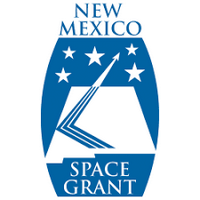New Mexico Space Grant Consortium
Student Spaceflight Experiments Program

Belen Consolidated Schools (BCS) proposes to participate in the Student Spaceflight Experiments Programâs (SSEP) Mission 12 to the International Space Station (ISS) during September 2017 â July 2018. BCS proposes to fully immerse all Belen High School students currently enrolled in a science course this school year in microgravity experiment design and proposal writing consisting approximately of 600-700 students in grades 9-12. BCS expects a minimum of 120 flight experiment proposals to be submitted by student teams. The proposed Mission 12 effort is viewed as an introductory initiative with the full intention to engage all future Belen High School students in future SSEP flight opportunities. Additionally, students in grades K-8 will be involved in a competition to design the two mission patches that will accompany the chosen experiment to the ISS.
By participating in the Student Spaceflight Experiments Program (SSEP), Belen High School (BHS) students are provided a very real research asset â a flight certified, straightforward to use microgravity research mini-laboratory, and guaranteed launch services to transport the mini-laboratory to the International Space Station (ISS). An astronaut aboard ISS will conduct the experiment, and after a typical 4 to 6 week stay in orbit, the experiment will be returned safely to Earth for harvesting and analysis by the communityâs student flight team.
Mirroring how professional researchers formally compete to obtain limited research assets, BHS will carry out a âcall for proposalsâ by conducting a local Flight experiment Design Competition, engaging hundreds of students in teams of 3-5 students. The competition is conducted through formal submission of real (but grade level appropriate) research proposals by the student teams â as is standard practice for professional researchers.
The chosen student flight experiment is selected through a formal 2-step proposal review process. The final selection is carried out by the SSEP National Step 2 Review Board, which meets at the Smithsonian National Air and Space Museum in Washington, DC. The flight experiment then undergoes a 4-month NASA flight safety review at Johnson Space Center, laboratory refinement by the student flight team, handover to NanoRacks in Houston for integration into the experiment payload, and payload integration into the ferry vehicle for flight to ISS. SSEP experiment payloads launch from either Cape Canaveral Air Force Station, Florida, on a SpaceX Dragon spacecraft, or from the Mid-Atlantic Regional Spaceport (MARS), Wallops Island, Virginia, on an Orbital ATK Cygnus spacecraft.

